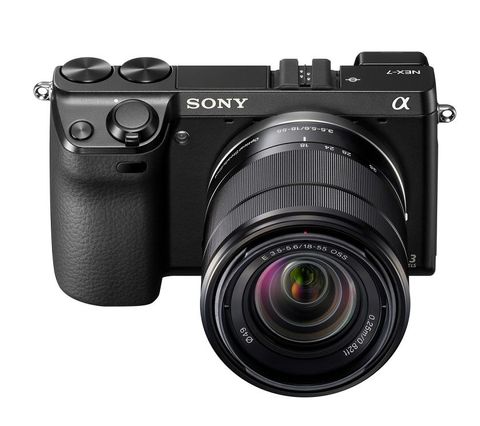Why you can trust TechRadar
We shoot a specially designed chart in carefully controlled conditions and the resulting images are analysed using DXO Analyzer software to generate the data to produce the graphs below.
For more more details on how to interpret our test data, check out our full explanation of our noise and dynamic range tests.
JEPG Signal to noise ratio
A high signal to noise ratio (SNR) indicates a cleaner and better quality image.
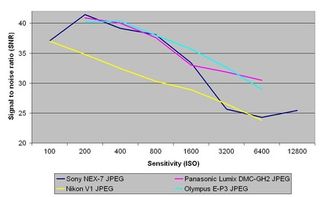
JPEG images from the Sony NEX-7 have better a signal to noise ratio than the Nikon V1 and compare well with the Panasonic Lumix DMC-GH2 and Olympus E-P3. This means the NEX-7 produces a cleaner signal with less image noise than the other cameras.
Raw signal to noise ratio
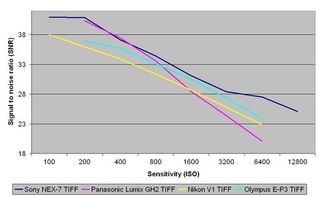
Raw images (after conversion to TIFF) from the Sony NEX-7 have a better signal to noise ratio across the sensitivity range than the Panasonic Lumix DMC-GH2, Nikon V1 and Olympus E-P3.
JPEG dynamic range
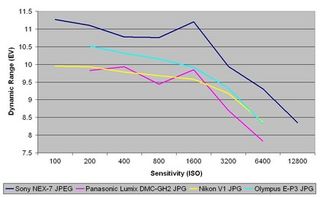
This chart shows that the Sony NEX-7's JPEGs capture a wide tonal range across the sensitivity range, showing a far greater tonal seperation than the Panasonic Lumix DMC-GH2, Nikon V1 and Olympus E-P3.
Raw dynamic range
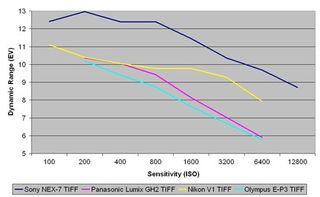
This chart indicates that the Sony NEX-7's raw images (after conversion to TIFF) capture a wide tonal range across the sensitivity range, beating the Panasonic Lumix DMC-GH2, Nikon V1 and Olympus E-P3 by a wide margin.
Current page: Noise and dynamic range
Prev Page Image quality and resolution Next Page Sample images
Amazon Prime Video's disappearing act could point to a future without the service

Tesla Cybertruck suffers new recall for a very scary problem

'The party is over for developers looking for AI freebies' — Google terminates Gemini API free access within months amidst rumors that it could charge for AI search queries
